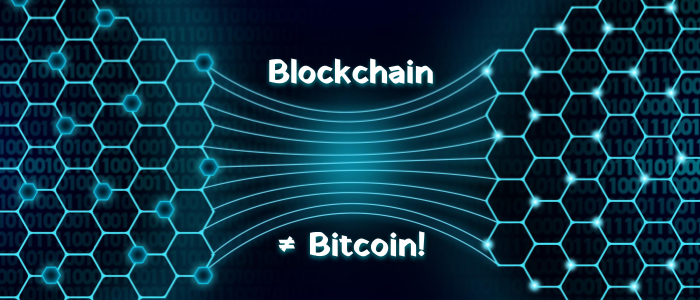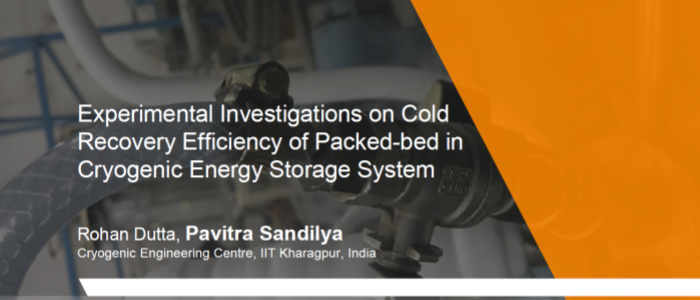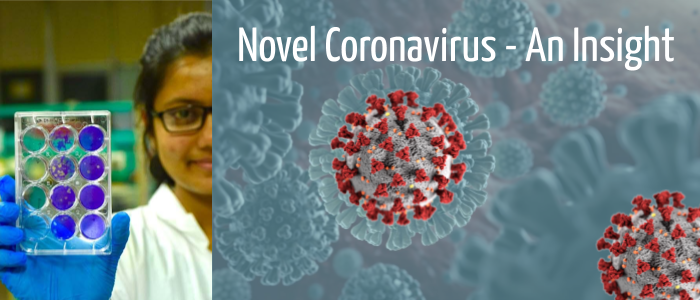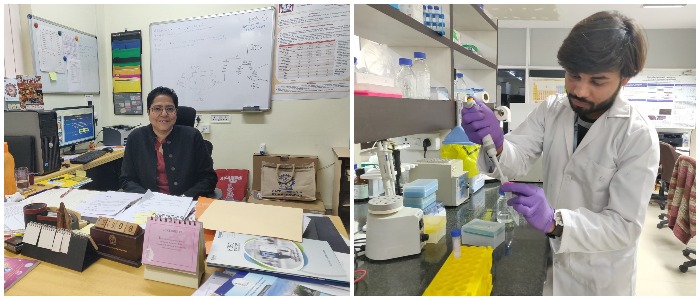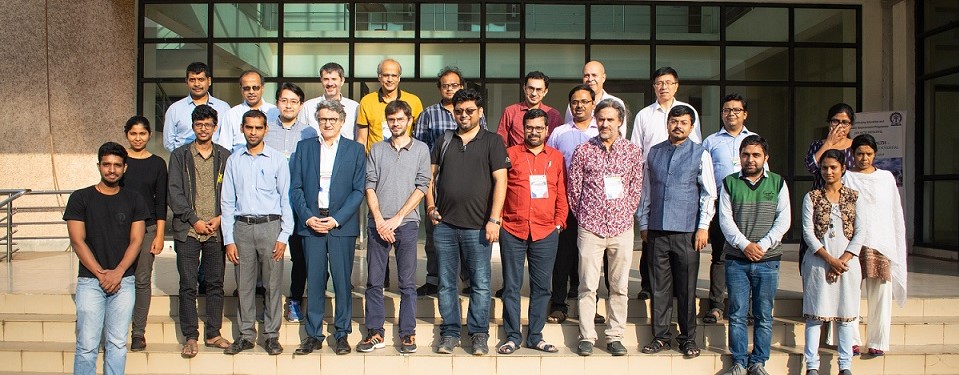
Who needs quantum gravity?
By Sandipan Sengupta, Dept of Physics, IIT Kharagpur Nature is made up of elementary particles, the interactions among them being manifested as forces of various kinds. A modern language to describe these phenomena is provided by quantum field theory, which is based on a set of relativistic fields. Within this framework, particles typically emerge as excitations over a (quantum) ground state, and macroscopic forces arise due to the exchange of particles. For instance, for the all so well-known case of the electromagnetic force, the associated particle is the photon, whose exchange between a source and a sink leads to their…


